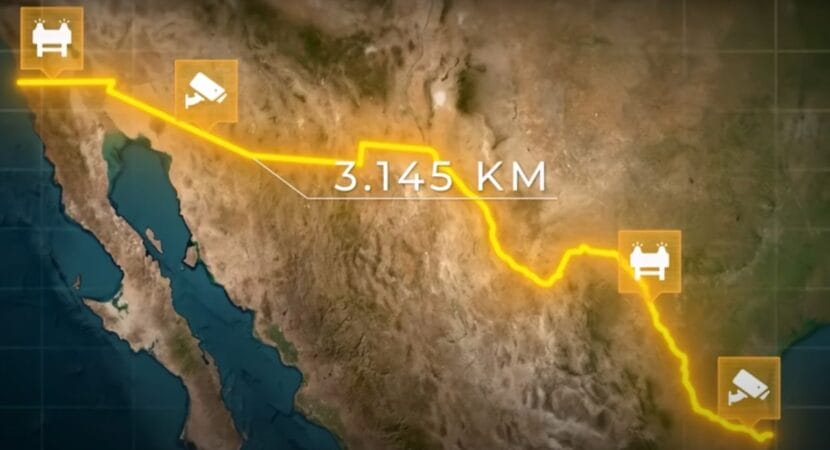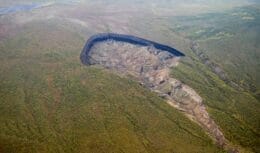
The 3.145 km border between Mexico and the United States represents more than a geographic division, it symbolizes a path full of challenges and dangers for thousands of immigrants in search of a better life in the United States.
The border between Mexico and the United States, one of the longest and most guarded in the world, is a veritable labyrinth of physical barriers and logistical challenges for immigrants. The starting point of this arduous journey is often the El Muro region of La Playa, where a 9-meter-high wall stretches 60 meters into the sea.
The journey begins in Tijuana, the second largest city in Mexico, located in the state of Baixa California. Many immigrants try to cross the wall via the beach, as, despite the barriers, it is one of the most accessible routes. However, the task is made difficult by barbed wire and intense surveillance. In addition to the physical wall, immigrants face other barriers, such as inhospitable deserts and challenging mountains.
Geographic and natural barriers
The region of Sonoran Desert and the Great Chuaa Desert, for example, are places where natural conditions act as geographic barriers. In contrast, in areas like the Rio Grande, which divides the cities of El Paso in the United States and Juarez in Mexico, the challenge is different. Here, immigration is controlled by intensive patrols and obstacles placed in the river, such as buoys and barbed wire.
An intriguing aspect of this border is the alternation between heavily patrolled regions and inhospitable areas, where the hostile nature serves as a natural barrier. For example, the Texas Circle is a region of national parks and wilderness areas that, because of its arid nature and lack of inhabitants discourages illegal crossings.
Immigration x difficulties
Along the almost 2.000 km that the Rio Grande crosses the two countries, immigrants face various difficulties, from flooded areas to ports of considerable width. These natural challenges, combined with heightened security measures, make the Mexico-United States border one of the most dangerous and complex in the world for immigration.
The search for a better life in the United States It is a journey full of risk and uncertainty for many Latin American immigrants. The difficulties faced along this border are a testament to the adversities they are willing to face in search of a better future. This reality highlights the urgent need to humanitarian solutions and effective for the phenomenon of immigration in the region.











